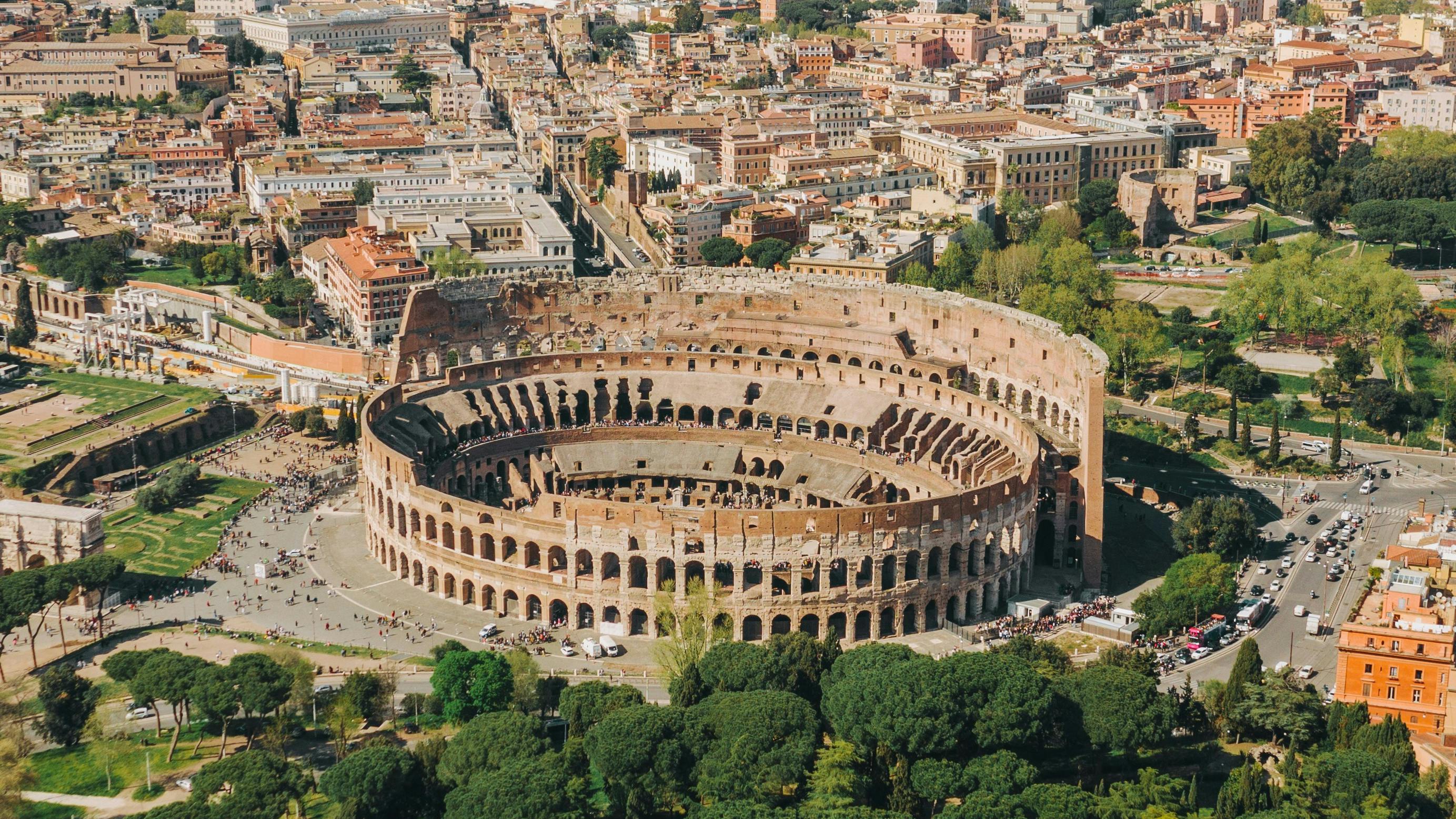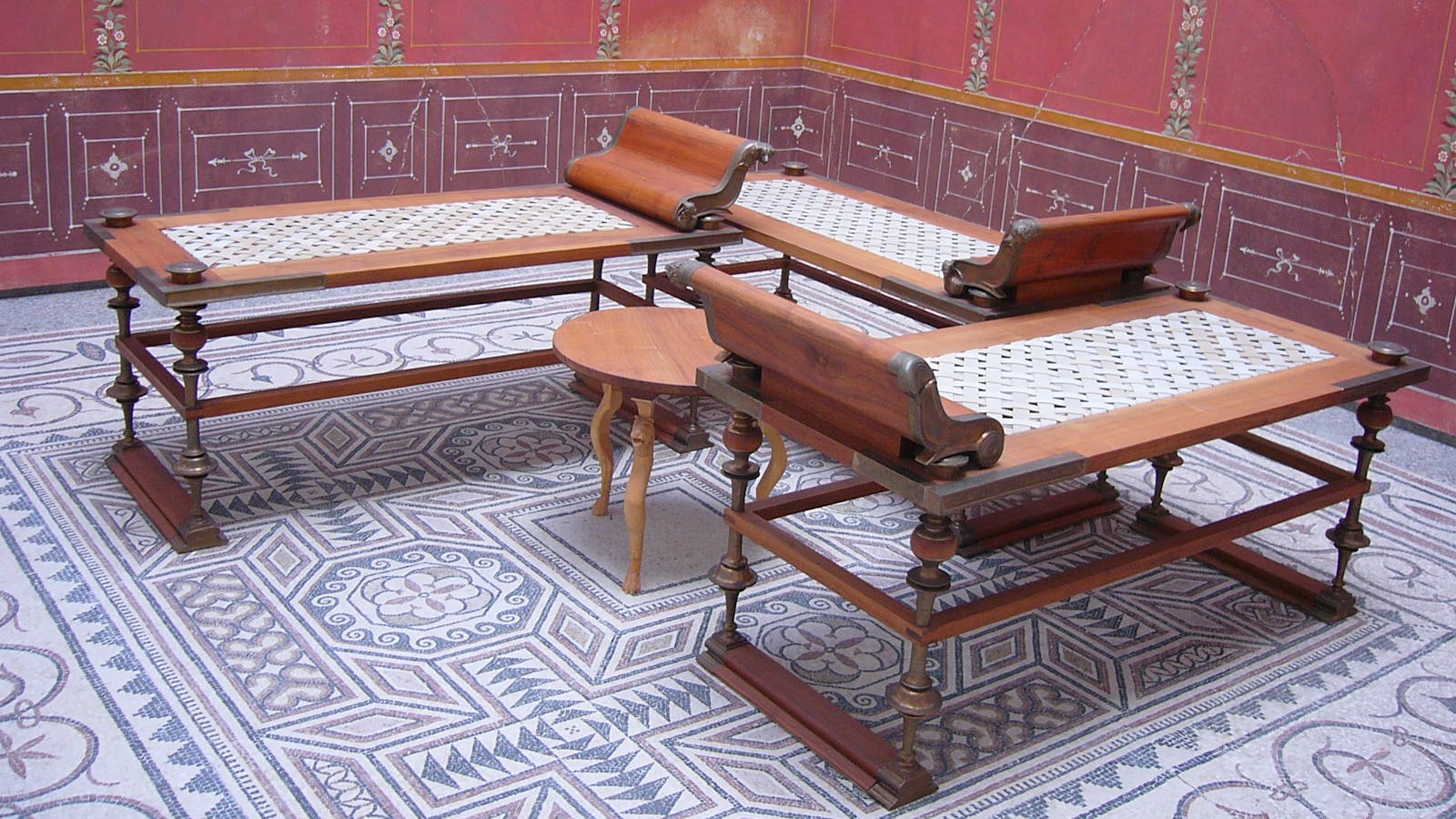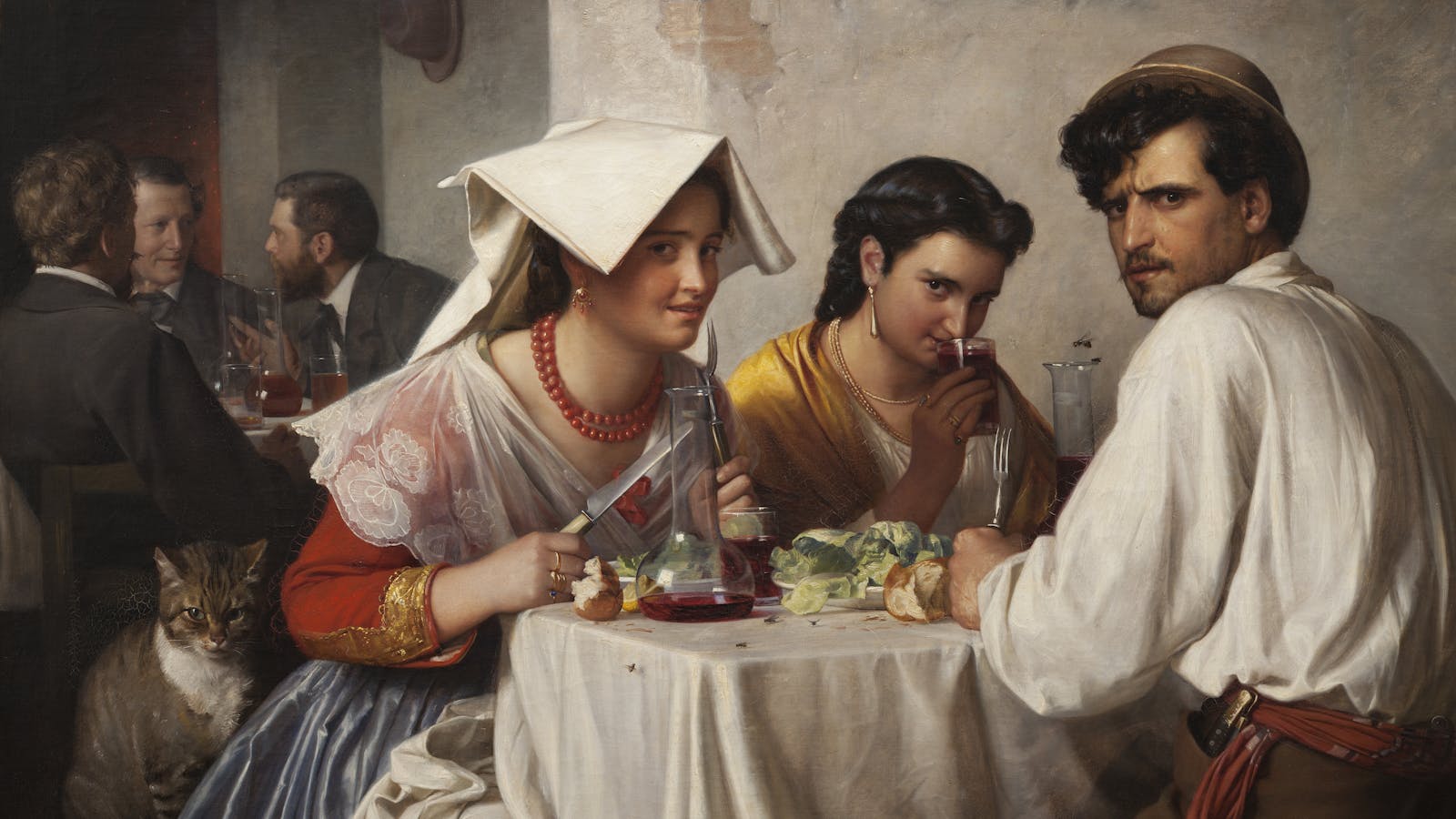

Roman Cuisine: A Journey Through the Flavors of Tradition
Roman cuisine is truly a dive into history, a fusion of centuries-old influences that tells the soul of the Eternal City through simple yet extraordinarily flavorful dishes. From the sumptuous feasts of ancient Rome to the taverns of Trastevere, each recipe holds a fragment of culture and represents a testament to the philosophy of "nothing is wasted."
Origins: From Ancient Rome to Popular Taverns
Since the imperial era, Rome has been a crossroads of peoples and cultures, and its gastronomy is a reflection of this. The ancient Romans were accustomed to three main meals: breakfast or "ientaculum", eaten early in the morning, often consisting of bread, cheese, and fruit; "prandium", a light lunch with legumes, meat, or fish; and the majestic dinner "cena", the main meal, characterized by lavish banquets that could last for hours and were consumed while reclining on one side in the “triclinium”, the dining room of the Roman aristocracy’s homes. During banquets, food was mainly eaten with hands and a spoon, while the knife was reserved for the servants. Some of the most beloved delicacies by the guests were: sausages, game, spelt polenta ("puls"), and the infamous "garum", a sauce made from fermented fish entrails. Another interesting anecdote to remember is that at these opulent dinners, wine, often mixed with honey and spices, was never missing.

With the fall of the Empire and the advent of Christianity, Roman cuisine underwent profound transformations, while still retaining its straightforward and rustic character. A turning point came at the end of the 1400s with the arrival of the Jews, who contributed their culinary traditions to enrich the local cuisine: it was during this period that iconic dishes such as carciofi alla giudia (Jewish-style artichokes) were born, which still represent a symbol of traditional Roman cuisine today. Another major change occurred in 1891 with the opening of a slaughterhouse and meat distribution center, the Mattatoio di Testaccio: here, the tradition of the "quinto quarto" (fifth quarter) spread.

The quinto quarto refers to the lesser-known parts of slaughtered animals, such as tripe, tail, and sweetbreads, which workers received as part of their wages and later sold to the taverns. From this practice, dishes that are now symbols of Roman cuisine were born, such as coda alla vaccinara (ox tail stew) and trippa alla romana (Roman-style tripe).
The Fifth Quarter and the Philosophy of Poor Cuisine
Roman cuisine is a perfect example of poor cuisine, born out of the necessity to use every part of the animal and make the most of simple ingredients. The "quinto quarto" is the symbol of this philosophy: the entrails of cattle and sheep, considered scraps by the wealthier classes, were transformed into flavorful and nutritious dishes.
Roman cuisine isn’t only about meat—there are countless recipes that feature vegetables and legumes as the protagonists. Dishes like pasta e ceci (pasta and chickpeas) or vignarola—a stew of broad beans, peas, and artichokes—highlight the importance of vegetables in the local tradition. Everything is then dressed with extra virgin olive oil, which is never missing, and flavored with aromatic herbs such as mint and rosemary.

The best cooking classes in Rome
Discover the best cooking classes in Rome and enjoy an authentic experience in the culinary tradition of the Eternal City. Learn to cook iconic dishes like carbonara, amatriciana, cacio e pepe, and much more!
Iconic Dishes of Roman Cuisine
Roman culinary tradition is rich in iconic dishes that still dominate the tables of trattorias. Among the first courses, cacio e pepe stands out, a dish born from Lazio shepherds who carried pasta, pecorino cheese, and pepper with them during their transhumance. The origin of carbonara is still debated, with some attributing it to the Apennine woodcutters, and others to American soldiers during World War II. We cannot forget amatriciana, whose roots lie in the pastures of Amatrice and, with its tomato sauce and crispy guanciale, is an anthem to simplicity.

Among the long list of second courses, the most iconic include saltimbocca alla romana, even mentioned by Pellegrino Artusi in his famous treatise, which is a masterpiece of delicacy: veal slices, prosciutto, and sage, sautéed in white wine. For those who love bold flavors, trippa alla romana—cooked with tomato and mint and served with pecorino—is what can be called an explosion of taste. Lumache alla romana (Roman-style snails), tied to the feast of St. John, have a propitiatory origin: eating them was believed to ward off evil.
Last but certainly not least, the recipes born from the "quinto quarto" deserve a separate chapter: coda alla vaccinara, cooked slowly with celery and tomato until it becomes tender; and animelle dorate (golden sweetbreads), breaded and fried to create a crispy exterior and a soft interior.
The Pastry Tradition
Even desserts hold a special place in Roman gastronomy. The maritozzo, a soft sweet bun filled with whipped cream, owes its name to an old custom: in the past, fiancés would gift it to their future brides, often hiding a ring inside.
A Timeless Culinary Legacy
Even today, Roman cuisine continues to be a cornerstone of Italian culinary tradition, celebrated both in trattorias and in the homes of Romans. This cuisine has transformed humble ingredients into extraordinary dishes, passing down authentic flavors and a culinary philosophy that emphasizes conviviality, simplicity, and respect for food. Whether it's a steaming carbonara or a plate of coda alla vaccinara, each bite tells a millennia-old story, full of intense flavors and timeless traditions.

